Edgar allan poe s lighthouse keeper trailer
A lighthouse keeper is the person responsible for tending and caring for a lighthouse, particularly the light and lens in the days when oil lamps and clockwork mechanisms were used. A common nick name that lighthouse keepers would get is the name wickies because of their job of trimming the wicks.
Contents
- Edgar allan poe s lighthouse keeper trailer
- Lighthouse keeper movie trailer
- Duties and functions
- Current status
- Recognition
- References
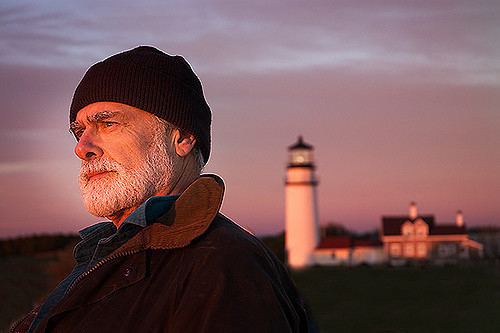
Lighthouse keeper movie trailer
Duties and functions
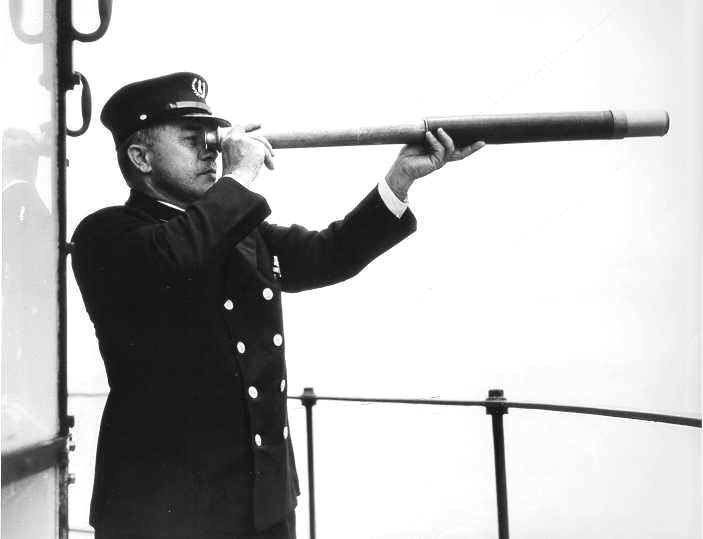
Lighthouse keepers were needed to trim the wicks, replenish fuel, wind clockworks and perform maintenance tasks such as cleaning lenses and windows. Electrification and other automated improvements such as remote monitoring and automatic bulb changing made paid keepers resident at the lights unnecessary. The earliest record of a named individual in a formal capacity as a lighthouse keeper was William, a member of the now famous Knott family, who was appointed to the South Foreland lighthouse near Dover, England in 1730. In the US, periodic maintenance of the lights is now performed by visiting Coast Guard Aids to Navigation teams.
Current status
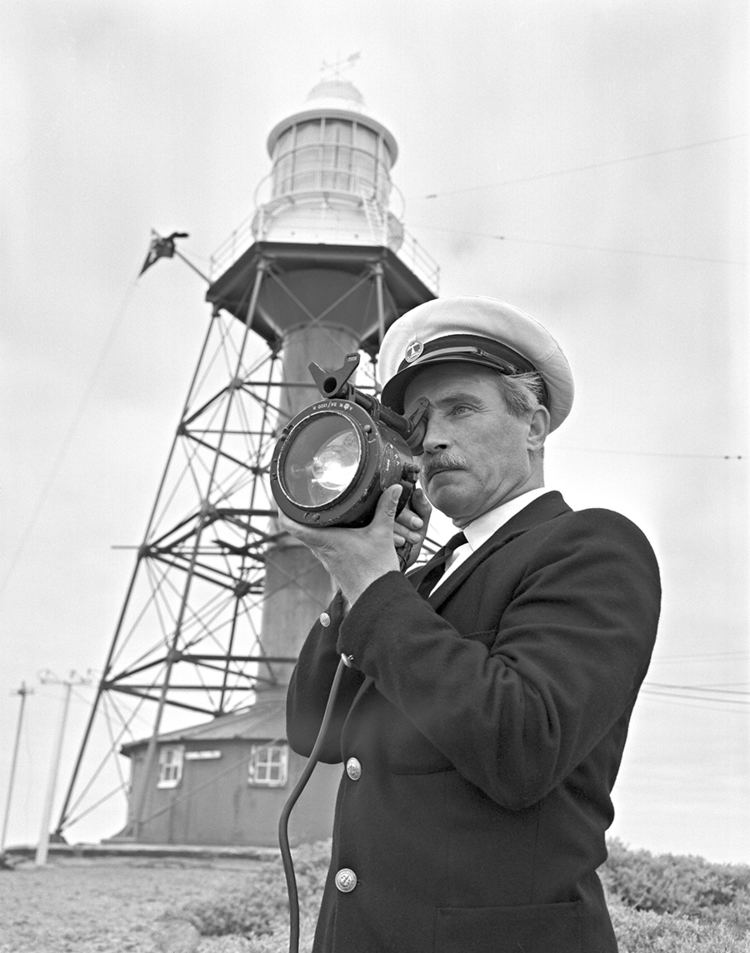
George Worthylake served as the first lighthouse keeper in the United States. He served at Boston Harbor Lighthouse from 1716 until his death in 1718. In 1776, Hannah Thomas became the first female lighthouse keeper in the United States when she became keeper of Plymouth (Gurnet) Lighthouse in Massachusetts following the death of her husband, John Thomas. Both Hannah and her husband received $200 per year for their service.
The last manned lighthouse in Australia was Sugarloaf Point Lighthouse, where the last keeper left in 2006.
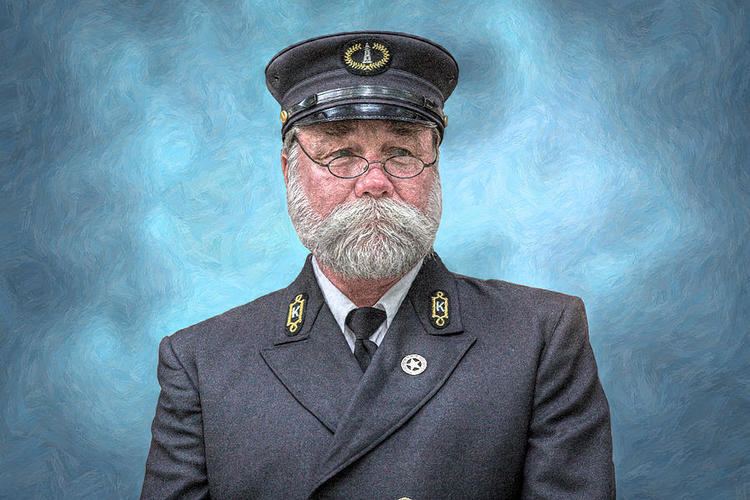
According to the Canadian Lightkeepers Association, there are 37 staffed lighthouses in British Columbia, Newfoundland and Labrador, though the Canadian Coast Guard has plans to automate these installations. Machias Seal Island, in New Brunswick, has a lighthouse manned by the Canadian Coast Guard. It is kept manned for sovereignty purposes due to the disputed status of the island with the US.[1]
The last manned lighthouse in Finland was deserted in 1987.
All French lighthouses are automated, though a few are still manned.
The last lighthouse keeper in Iceland was terminated in 2010.
Baily Lighthouse was the last Irish lighthouse to be unmanned, in 1997.
As of 2011, there were 62 manned lighthouses in Italy
In 2006 Meshima Lighthouse became the last lighthouse in Japan to become automated.
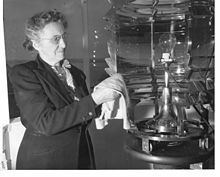
As of 2011, there are two manned lighthouses in the Netherlands, one at Schiermonnikoog and the other at Terschelling.
All lighthouses in New Zealand have been automated since 1990.
The last Norwegian lighthouse keeper moved out of Runde Lighthouse in 2002.
The last manned lighthouse in the United Kingdom, the North Foreland Lighthouse, was automated in 1998.
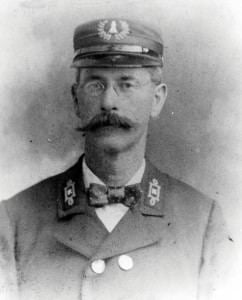
The last civilian keeper in the United States, Frank Schubert, died in 2003. The last officially manned lighthouse, Boston Light, was manned by the Coast Guard until 1998. It now has volunteer "keepers" whose primary role is to serve as interpretive tour guides for visitors.
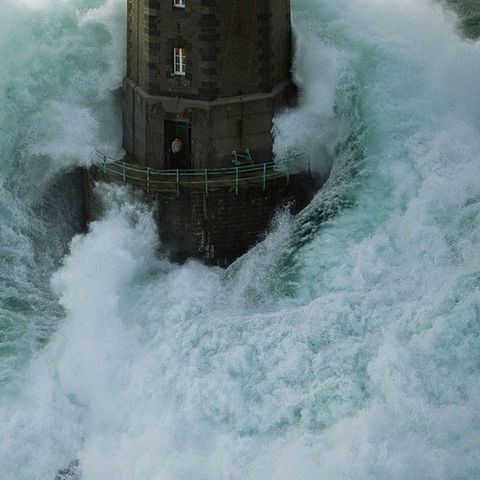
In The Netherlands all lighthouses are automated. There are still 3 manned lighthouses (on Terschelling, Schiermonnikoog en Ouddorp) but these keepers are mainly traffic controllers and lookouts. They are still called 'lighthouse keepers' though.
Recognition
To recognize the role of Lighthouse keepers in the nation's maritime safety, the US Coast Guard named a class of 175-foot (53 m) USCG Coastal Buoy Tenders after famous US Lighthouse Keepers. Fourteen ships in the "Keeper" class were built between 1996 and 2000 and are used to maintain aids to navigation, including lighthouses. The following 175-foot (53 m) WLMs are in service as of 2006:
